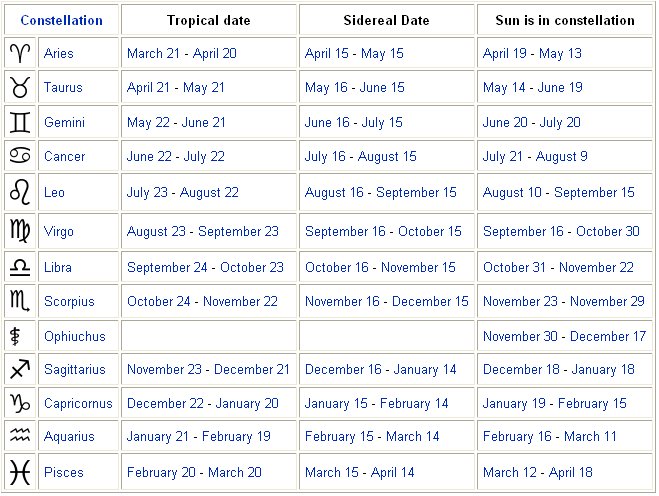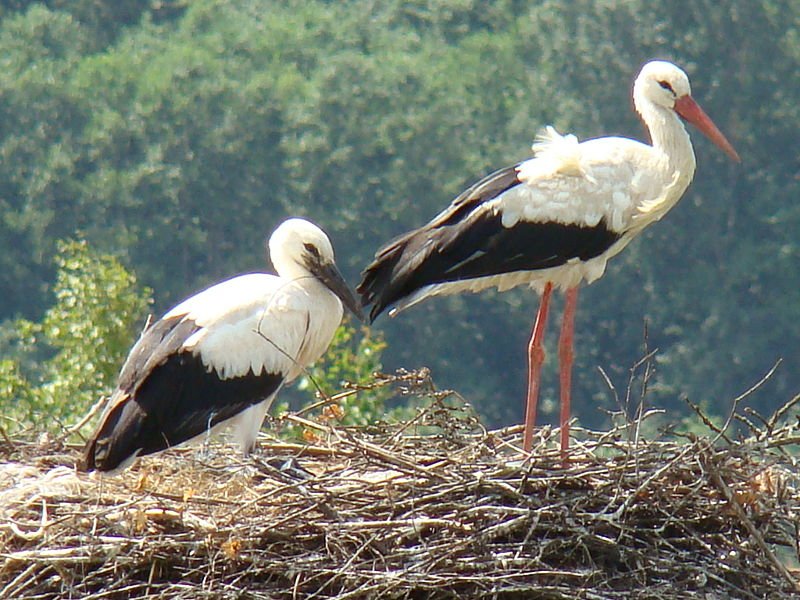In some West Germanic languages cognate words of a different etymology exist. They originate from *uda-faro, uda being related to water meaning something like swamp or moist area and faro being related to fare, so *uda-faro being he who walks in the swamp. In later times this name was reanalyzed as *ōdaboro, ōda 'fortune, wealth' + boro 'bearer' meaning he who brings wealth adding to the myth of storks as maintainers of welfare and bringing the children ...
In Victorian times the details of human reproduction were difficult to approach, especially in reply to a younger child's query of 'Where did I come from?'; 'The stork brought you to us' was the tactic used to avoid discussion of sex. This habit was derived from the once popular superstition that storks were the harbingers of happiness and prosperity, and possibly from the habit of some storks of nesting atop chimneys, down which the new baby could be imagined as entering the house ...



